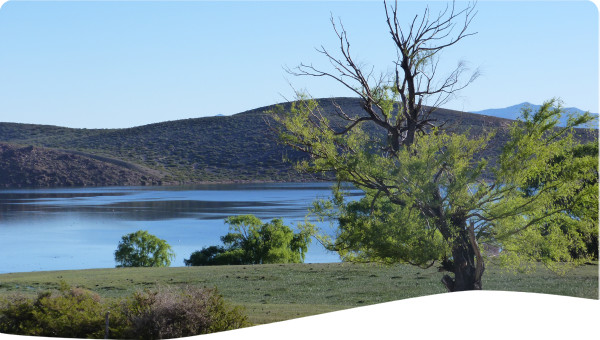Watersheds are essential to the livelihoods of humans. A significant portion of a society’s economic gain and overall survival is acquired through the ecosystem goods and services provided by watersheds. Jamaica as a Small Island Developing State (SIDS) has recently been facing increased stress and vulnerability to its water resources.
The Rio Minho Hydrological Basin is found in Clarendon, which is one of the most southern parishes in the island. The basin is divided into three WMUs of which the Rio Minho Watershed hosts the island’s longest river at 92.8 kilometres (57.7 mi). The Rio Minho River and its associated tributaries rise close to the mainland’s geographic centre, where it flows from the steep mountainous limestone slopes in the north to the flat coastal alluvial plains in the south. On the banks of the river, lies the town of May Pen. The Rio Minho not only produces one of the highest ground water discharges (Climate Studies Group Mona, 2014), second to the Black River WMU in St. Elizabeth, it is also the main source of surface water for water supply in Clarendon. Rainfall is the main source of water in the Rio Minho Watershed Management Unit, where it yields three basic water resource types: direct rainwater, surface water and ground water.
Key areas of livelihood strategies within the watershed are heavily dependent on the natural resources of the area, resulting in a fragile balance between environmental stability and economic survival. With the latter often times outweighing the former, some of the factors that have contributed to the degradation of the watershed include, among others, deforestation, poor agricultural practices, and mineral exploitation. Some of the resulting environmental impacts arising from these unsuitable land use practices include soil erosion, modification of the stream flow regime and reduced water quality.
Jamaica has always institutionalized its environmental concerns by legislating measures to address them. Over the years, many laws have been passed which give several agencies the authority to regulate and manage the environment. However the fragmentary basis on which these laws were created has resulted in the overlapping of responsibilities of some institutions, making it difficult for these organizations to embrace some level of direct accountability. In terms of watershed management there have been concerns over the years about the increasing degradation of Jamaica’s watersheds. This has led to a series of project-based interventions aimed at mitigating and preventing the environmental and human factors which impact negatively on watershed areas. These interventions were carried out mainly through bilateral and multilateral assistance, with some varying degrees of success.
Agencies and policy makers have tried to address the degrading levels of soil erosion within the Rio Minho Watershed, caused mainly by deforestation and the activities of hillside farmers. The approach taken to address these problems and protect upland slopes has been dominated by both biological/cultural and engineered soil conservation methods.
In 2003, the UK Department of International Development (DFID) funded the joint Effective Development of River Mining Project between the British Geological Survey and the Jamaica Mines and Geology Division. The objectives of the project among others were to evaluate the renewability and sustainability of fluvial sand and gravel resources, as well as the socio-economic and biophysical impacts of sand and gravel extraction on host communities and the environment.
The inclusion of water, land, the environment, and climate change under one ministry, in addition to the revised Water Sector Policy and Implementation Plan (2014) which ensures holistic, cross-sectoral and participatory decision making process, signals a commitment to an integrated approach to water management. It is therefore expected that stakeholders and agencies/entities whose responsibilities specifically surround water resources management will be involved in the coordination and implementation process of these current programmes in the Rio Minho Watershed. Especially since the programmes also appear to be a part of the larger developmental goal for the island - Vision 2030. The actions from the current programmes being implemented in the Rio Minho Watershed can be therefore considered to be effective and sustainable, especially since the majority of the actions being considered may be characterized as “no regret” interventions, along with engineered structures and capacity building of communities and farmer groups.
One of the vital requirements in implementing aspects of I/AWRM which these programmes also addressed, is the improvement of institutional and local level capacity building in relation to adaptation.
Even though the current programmes to be implemented possess aspects of I/AWRM, there are still recommendations which can be made to improve the process. It is necessary to note that based on the Watershed Policy for Jamaica by NEPA (2003).
 Case studies
Case studies


